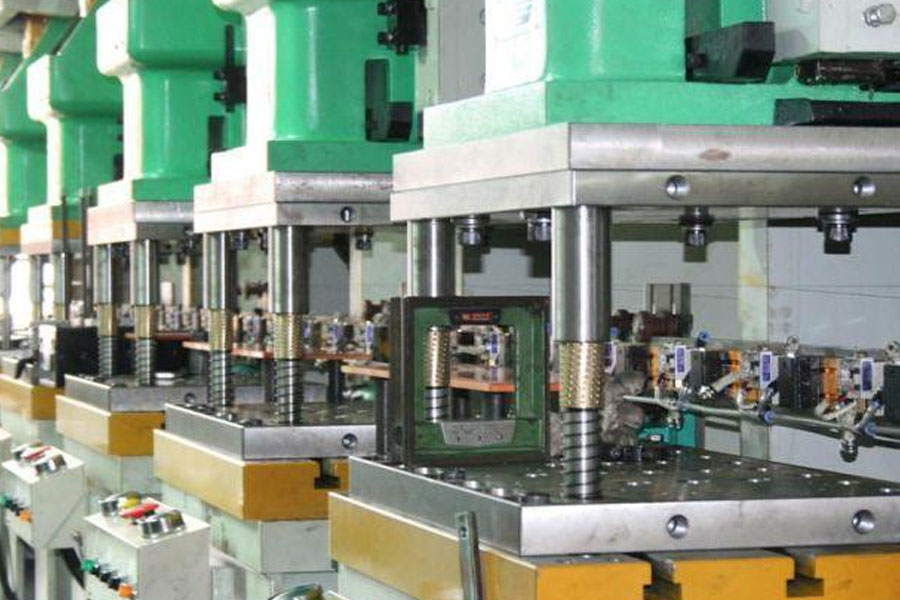1. The material used for blanking should have sufficient plasticity and low hardness to improve the quality of the blanking section and dimensional accuracy. Among them, soft materials (such as brass) have good punching performance, hard materials (such as stainless steel, high-carbon steel) have poor punching section quality, and brittle materials are prone to tearing during punching.
2. The material used for bending should have sufficient plasticity, low yield strength, and high elastic modulus. Among them, materials with good plasticity are not easy to bend and crack, and materials with lower yield strength and higher elastic modulus have lower rebound.
3. The material used for stretching should have better plasticity, lower yield strength and hardness, and larger plate thickness directivity coefficient. Among them, materials with high hardness are difficult to be deep-drawn; materials with a small yield ratio or a large directional coefficient of plate thickness are easy to be deep-drawn.
When stamping, the deviation requirements of material thickness are relatively strict. This is because a certain die gap is suitable for stamping materials with a certain thickness. If the same die gap is used to stamp materials with large thickness differences, the quality and accuracy of the resulting workpiece will be reduced, and the die will also be easily damaged. Especially in the drawing, flanging and bending process, due to the uneven thickness of the material, it may cause the production of waste. During the reshaping of large workpieces, the press can even be damaged.

Leave a Reply